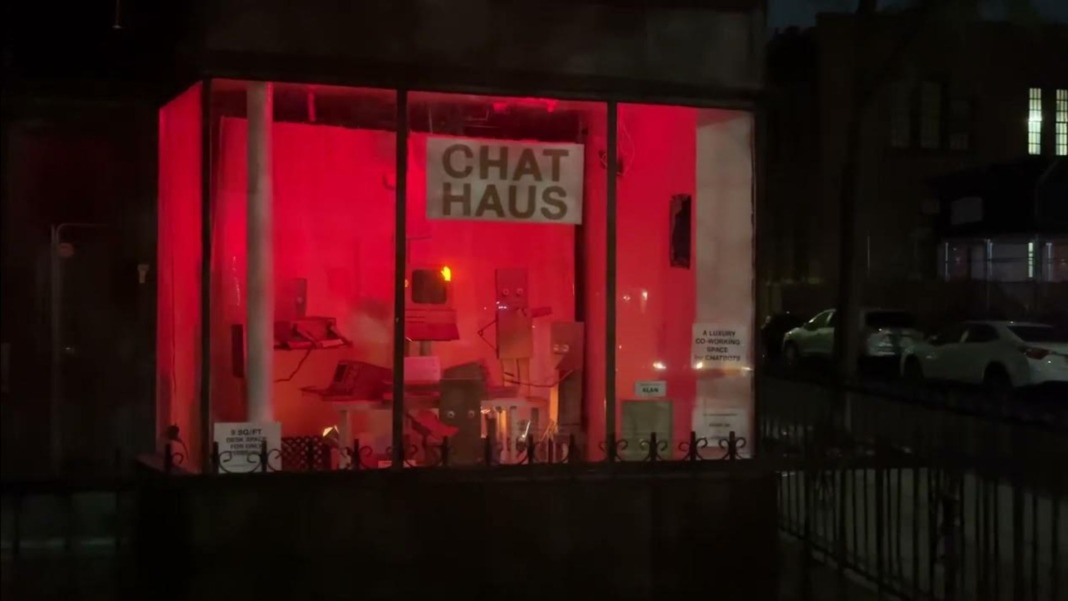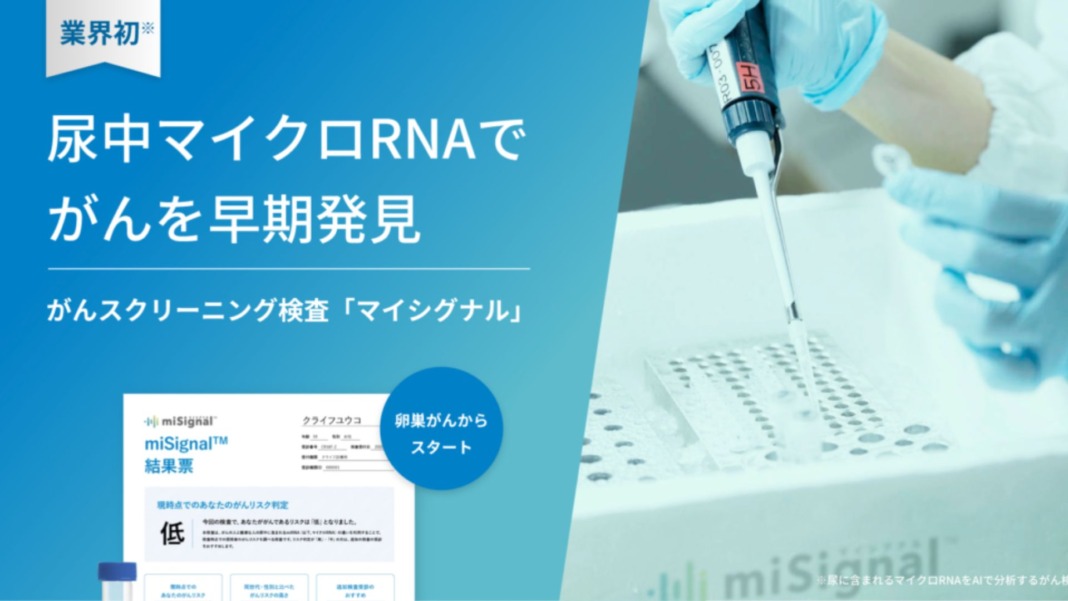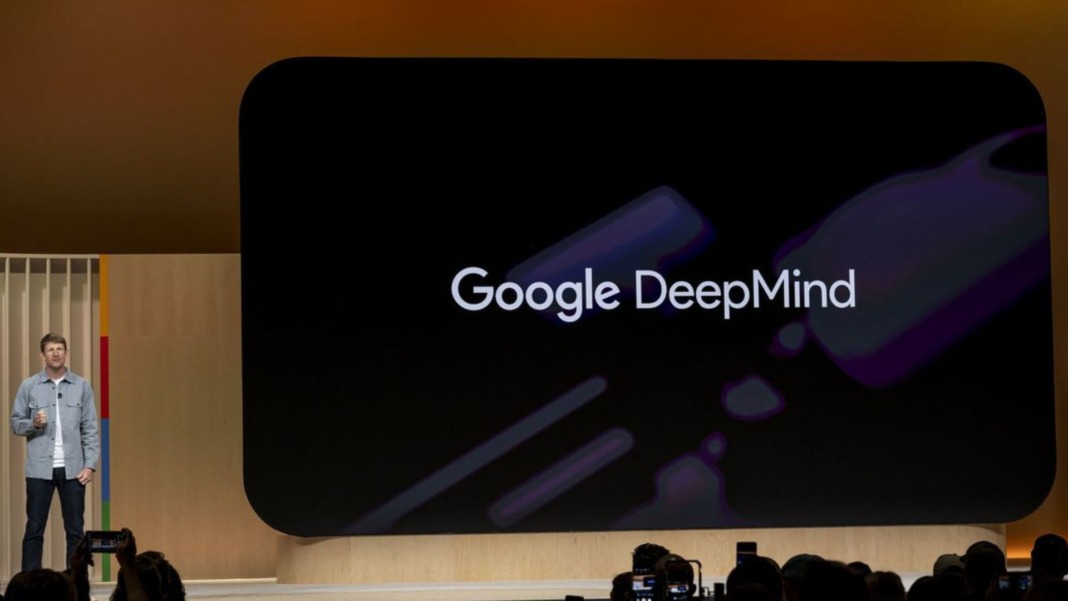If you stroll through Brooklyn’s Greenpoint neighbourhood, you might notice a curious sight tucked between an elementary school and a public library. Chat Haus is a coworking space that looks familiar at first glance but holds a surprising twist.
At Chat Haus, you will see “people” tapping away at keyboards, someone taking a call, and another pausing to sip their coffee. But if you look closer, you will realise something unusual: everything inside is made entirely of cardboard, even the workers themselves.
This creative scene is not just a quirky office but an art installation created by Brooklyn artist Nim Ben-Reuven. Inside Chat Haus, you will find a group of cardboard robots that are hard at work, with small motors that give them lifelike movements. A nearby sign advertises desk space at “only” US$1,999 a month, and another proudly calls it “A luxury co-working space for chatbots.”
A humorous take on a changing industry
Nim Ben-Reuven shared that he built Chat Haus to cope with the rapid changes in his field. As a graphic designer and videographer, he said he is already losing freelance work to AI tools. Rather than grow bitter, he decided to respond with humour.
“It was like an expression of frustration in humour, so I wouldn’t get too bitter about the industry changing so quickly and under my nose and not wanting to be a part of the shift,” he explained. “So I was like, I’ll just fight back with something silly that I can laugh at myself.”
He also pointed out that keeping the project light-hearted was important. Ben-Reuven said that creating something too negative could force the artwork into a defensive position, whereas a playful tone invites everyone in, no matter their opinion on AI.
While chatting over coffee at Pan Pan Vino Vino, a cafe just across from the exhibit, Ben-Reuven noticed many people stopping to admire Chat Haus. Three young women took pictures, and a group of school children asked questions excitedly.
Despite his concerns about AI’s impact on creative work, Ben-Reuven kept perspective, saying that compared to the real horrors happening today, such as war and trauma, AI’s influence seemed relatively minor.
“AI, in terms of the creative world, seems like such a light thing compared to so many of the other, like war, things that are happening in the world and like the terror and the trauma that exists,” he said.
Cardboard as a powerful symbol
You might also notice that Ben-Reuven’s choice of material is more meaningful than it first appears. He has worked with cardboard for years, even creating a life-size airport terminal during his graduate school years. Over the last decade, between freelance jobs, he has continued building these cardboard robots—affectionately calling them his “cardboard babies.”
Using cardboard for Chat Haus felt natural, but it also serves as a subtle comment on the nature of AI-generated creativity. Ben-Reuven compared cardboard’s fragility to the weaknesses he sees in AI-created art.
“The impermanence of this cardboard stuff, and the ability for it to collapse under even a little bit of weight, is how I feel that AI is interacting with the creative industries,” he said. “People can make their Midjourney images that look great on Instagram and excite 12-year-olds to no end, but with any level of scrutiny, it’s garbage.”
He also compared AI art to junk food, which gives a quick burst of satisfaction but lacks real depth once properly considered.
What’s next for Chat Haus?
The Chat Haus installation is only temporary, as the building that hosts it is awaiting renovation permits. Ben-Reuven hopes to keep the exhibit on display until mid-May and dreams of moving it into a larger gallery if the opportunity arises. However, he jokes that he is slightly worried about where to store new creations once the show ends.
“I just thought it would be funny to express this idea of, like, a whole bunch of kind of cute, kind of creepy, baby robots typing away because of our ChatGPT prompts in some warehouse somewhere, working non-stop, taking as much electricity as Switzerland uses in a year,” he said.
If you are curious, the Chat Haus is located at 121 Norman Avenue in the Greenpoint neighbourhood of Brooklyn, New York. It offers a playful, thoughtful look at today’s creative industries and how we adapt to change.





